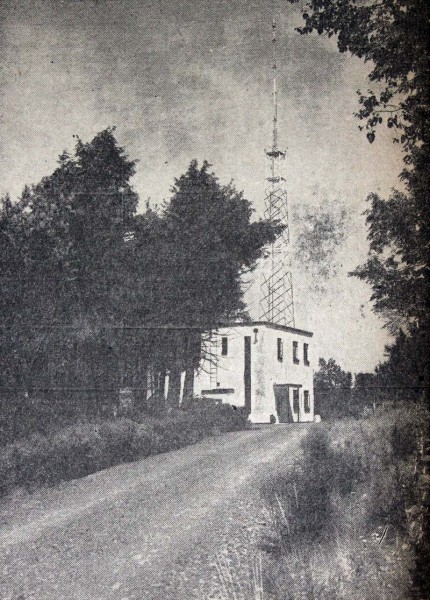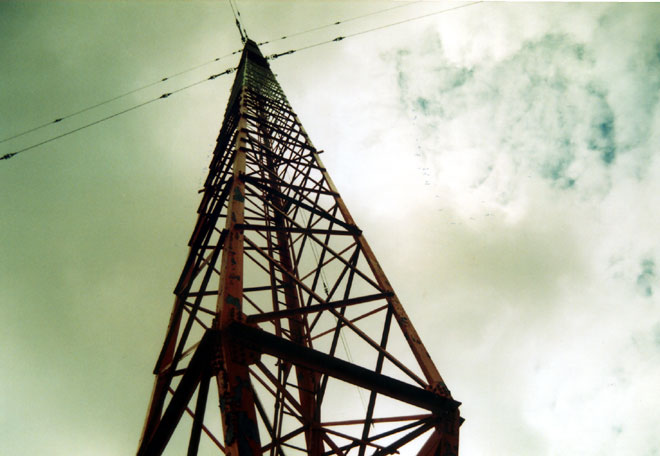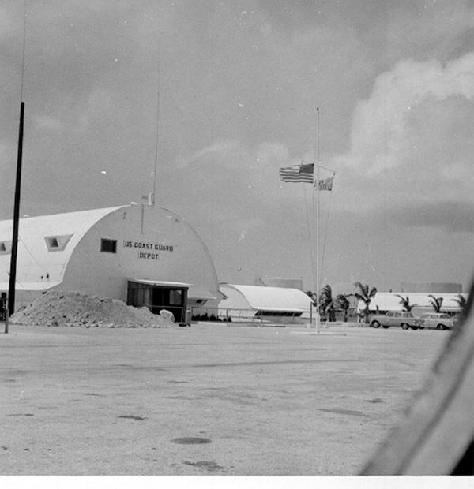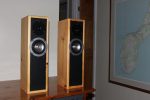There seems to be a growing trend lately; Stations that had previously separate programming being simulcast. There are two big ones around here: WGY and WHRL and WPLJ and WXLM.
Lets begin with the first one: WGY, now WGY AM/FM.
WGY (Clear Channel Communications) has been the regional powerhouse since it’s inception in 1922. It consistently ranks in the top 5 Arbitron ratings for Albany/Schenectady/Troy NY and is well-received in the community. It carries the standardized Clear Channel talk radio format of Limbaugh, Beck, Hannity, etc. As of September 20th, WHRL 103.1, class A licensed to Albany changed its call sign to WGY-FM and began simulcasting WGY 100%. 103.1’s 60 dBU contour is entirely within WGY 2.5 MV/M contour.
It would seem that radios, even bad radios, would have no problems picking up WGY’s signal within the 103.1 listening area. According to Clear Channel Management:
The decision to simulcast our 24-hour news/talk format on the FM will open up our content to an even wider audience. Despite the huge audience we currently enjoy, the fact is a significant portion of the Capital Region audience never thinks to visit the AM dial.
There is some small amount of truth to that statement; the younger segment of the population generally never listens to AM. Yes. The reasons, however, are not just because it is AM and they are prejudiced. More likely, there is nothing on the AM dial that interests them. Satellite-syndicated talk is not everyone’s cup of tea, so to speak.
The other side of the coin is the former WHRL had an alternative rock format, which never did all that great (I have a theory on why Alternative Rock, AAA, and other such formats never get good ratings, but not right now). They also had a station staff, which by the time they pulled the switch, was down to one person. The Capital District Business Review notes:
According to BIA/Kelsey, a media research firm in Chantilly, Va., WGY did about $2.8 million in revenue in 2009. WHRL took in about $875,000.
Which is really not bad for a class A FM in market #63, during a recession. Apparently, not good enough, however.
The second example in our little story is that of WPLJ and WXLM. WPLJ 95.5 (Citadel Broadcasting) is of course one of the heritage FM stations in Market #1. WXLM 104.7, now known as WELJ broadcast from the far eastern end of Long Island (Market #18), so the respective coverage areas do not overlap. Prior to September 24th, that station was doing a News/Talk format.
That end of Long Island is pretty affluent, a local (unique) station might even prosper. In fact, up until 2003 it did quite well for itself, then known as “The Beach.” However, nothing lasts forever, and in 2003 Citadel Broadcasting purchased the station.
It has gone through a number of changes since then, most recently a syndicated news talk format. Unless I am missing it completely, during the last ratings period, this station did not even show up in the book. As of September 21, it began to simulcast the co-owned out-of-market AC station, likely for the drive-by PPM listeners in it. Again, no word on the fate of the former radio station’s staff (if there was one).
So what gives? Consolidators have already cut staff levels to the bone with voice tracking, syndication, and automation. Even a voice-tracked syndicated station still needs some staff members; the occasional morning show, somebody to do promotions, and some form of program direction due to things like music logs and other such behind-the-scenes work. Staff require salaries and salaries are expensive. Anyone that has ever looked at a company’s P&L can tell you, salaries are the number one expense. If, however, the entire format is blown out, and something can be plugged in to fill the void that costs nothing and has no overhead and no staffing, well, now they are really saving money. That money from reduced expense is much better (far easier) than actually earning more money and it goes right to the bottom line.
This never-ending drive to reduce expenses at the expense of everything else drives programming quality and thus entertainment value down. Who wants to listen to the radio and be bored? Not I. This continuing trend is what will ultimately spell the end of terrestrial radio.






It sure is funny how “history repeats itself” but almost 180 degrees out of phase. In the ’60’s no one had FM receivers and AM was KING! So most of the big boys simulcasted their AM programming on FM in order to hang onto the FM license. Today, it would appear that the situation is the opposite! The best thing that could happen to domestic terrestrial broadcasting would be diversity, but I doubt we will see it with the current media giants. There is hope if the FM band is annexed down to 76 MHz. but the usual way Big Government reacts, it will probably be all over before it is over.
Nice article, and just a function of 21st Century thinking. The big companies-in their quest to own as many stations as possible, sold their investors the chance to “get rich”. After 20 years of consolidation, it’s pretty clear that isn’t the case. It doesn’t minimize the debt created by the multi-station owners. I worked in many competitive markets where it was clear that if we could “outdo” the other station, we’d win. We did and we won. Now the big guys OWN the “other” station. Competition is minimized, and in a lot of cases gone altogether. The days of “9 in a row” on WFIL and “10 in a row” on WIBG are long gone. KHJ streamlining what KFWB started is history. The NAB seems useless to radio, so maybe a new organization should start. Promote radio, lobby for LESS consolidation (not more) and make it competitive again. It started out as fun until the accountants got involved.